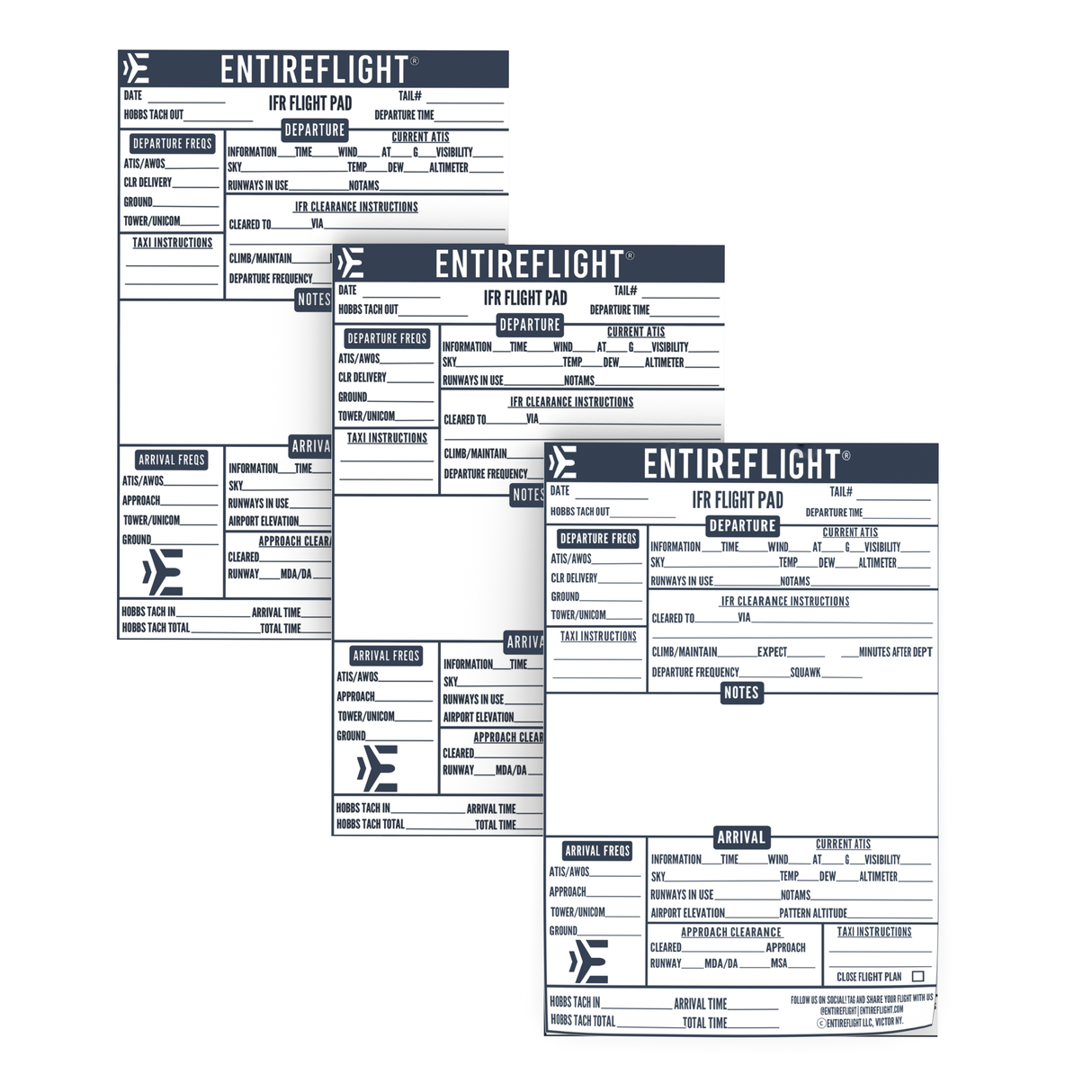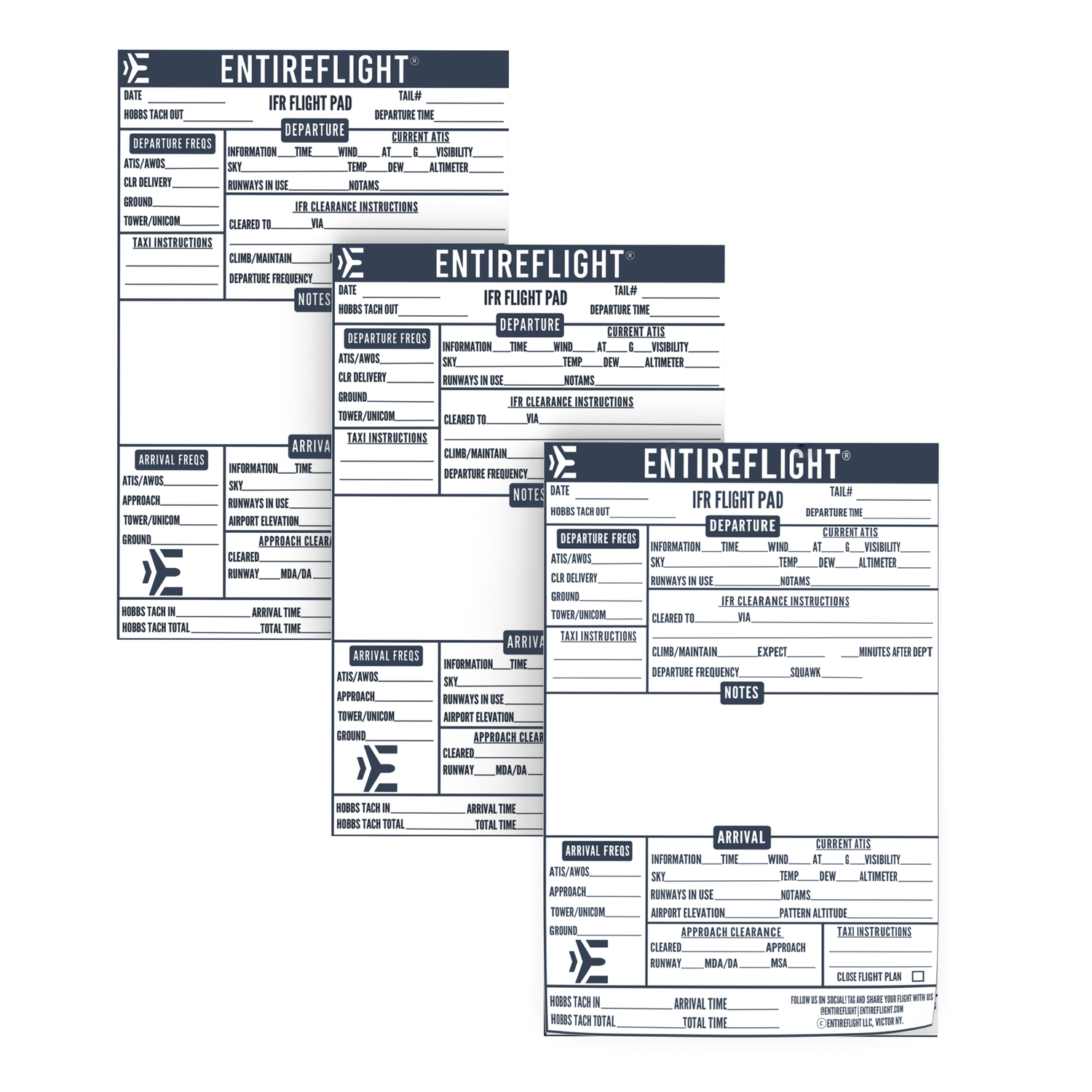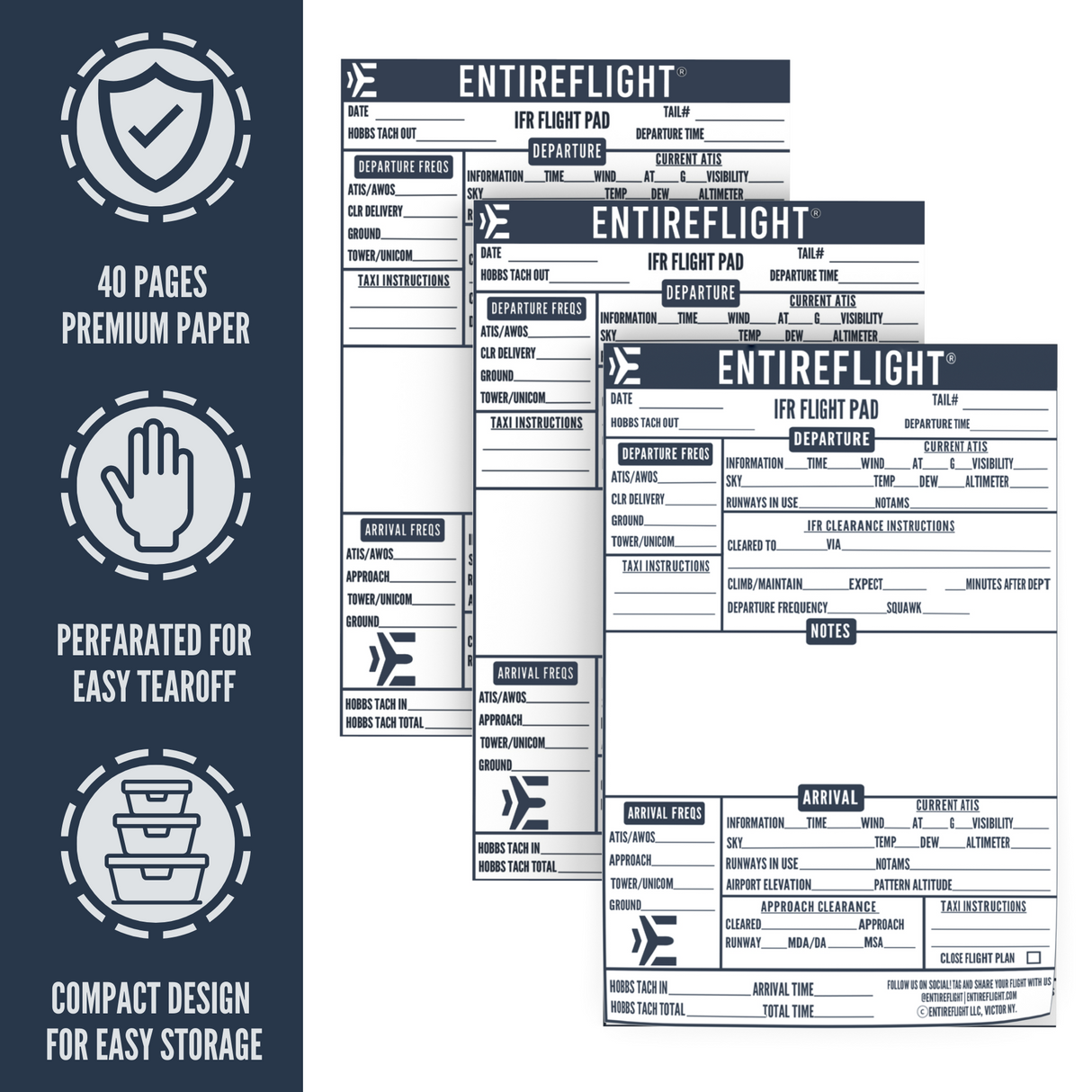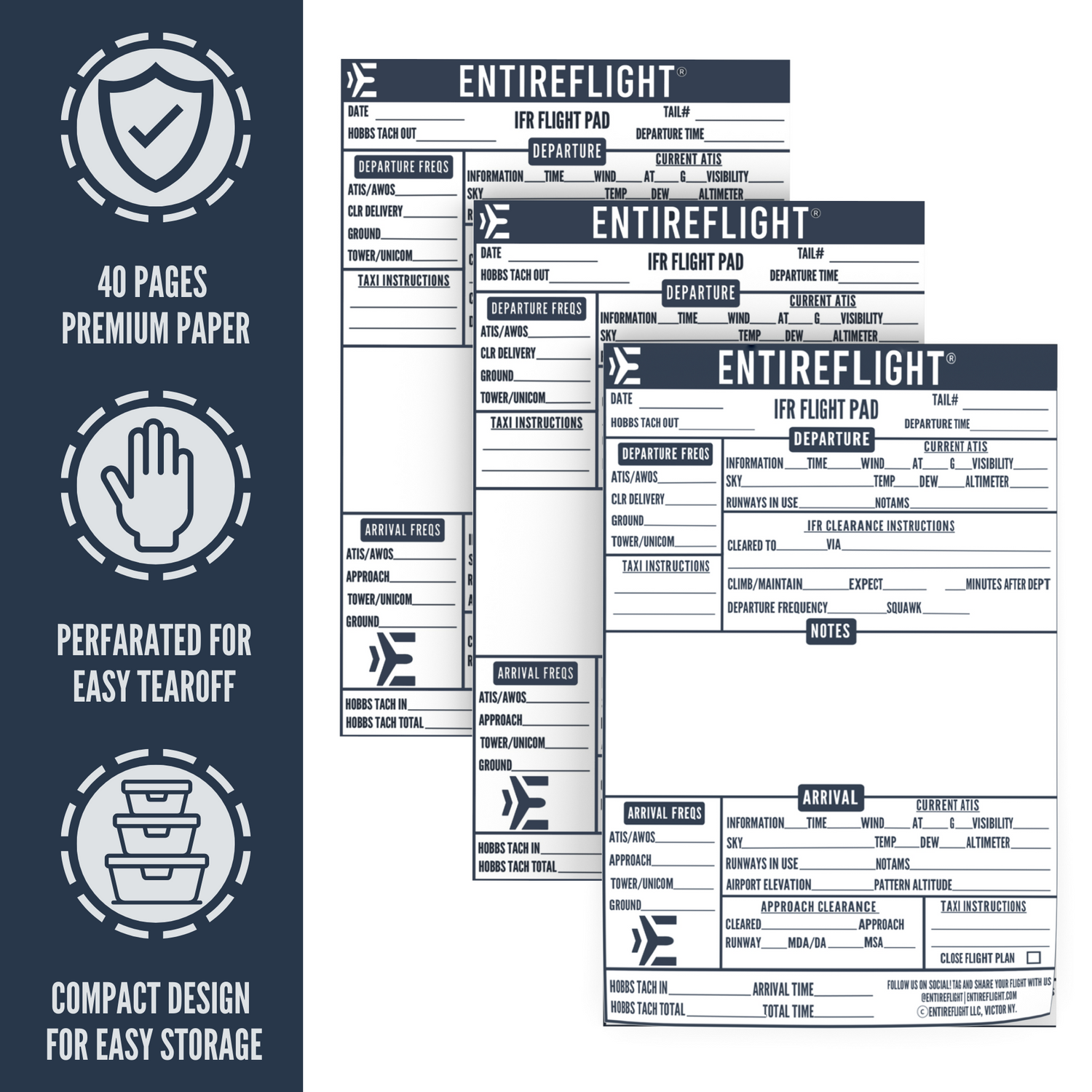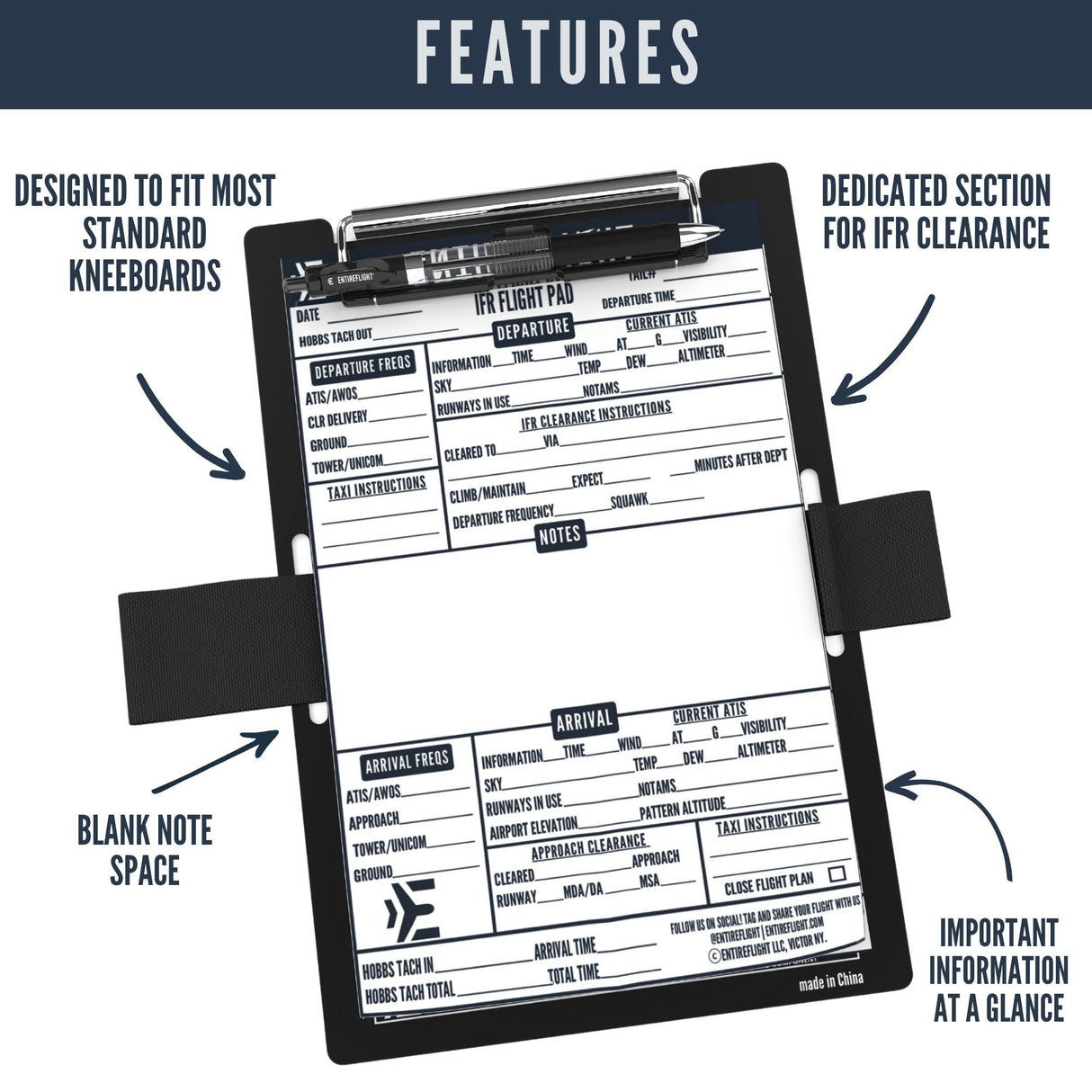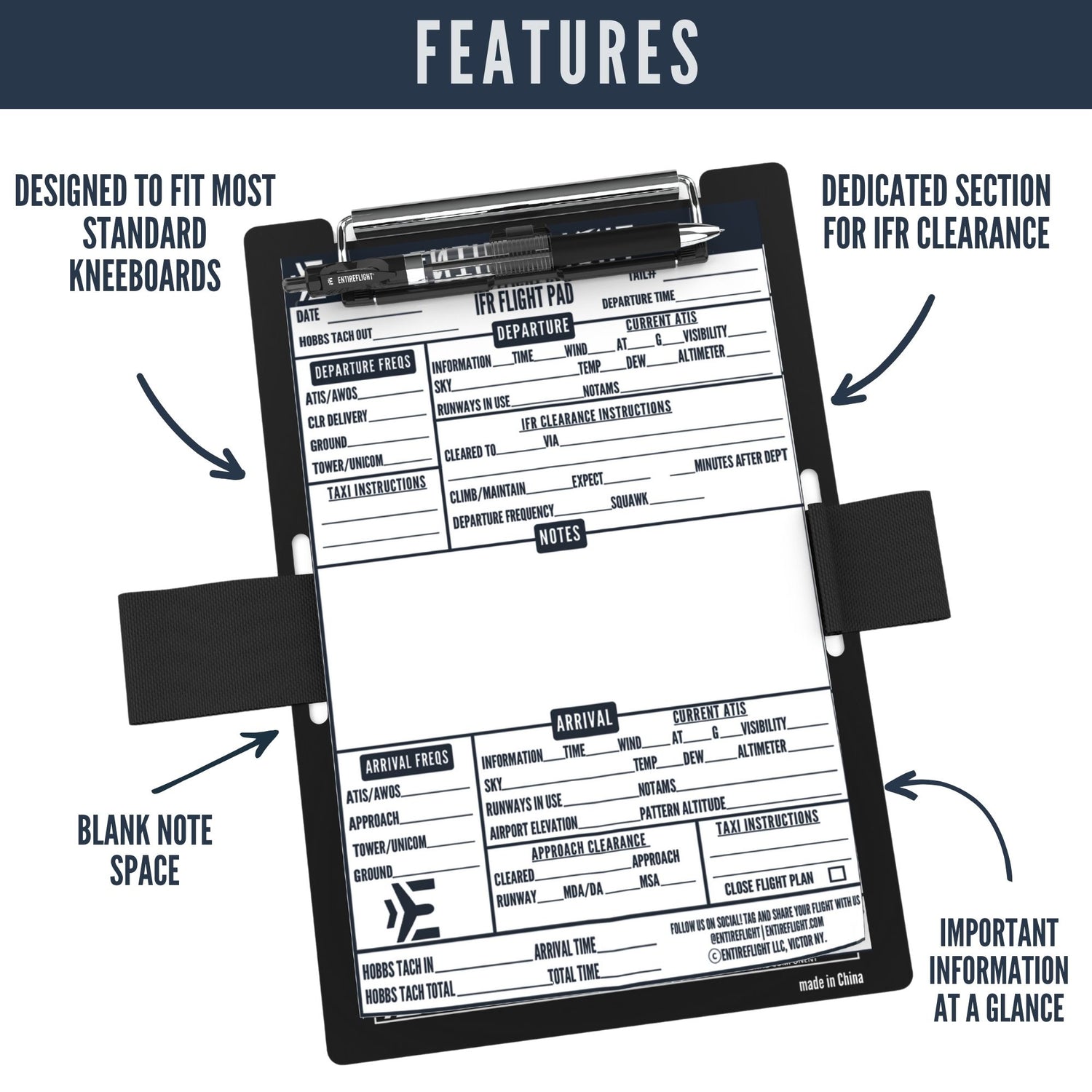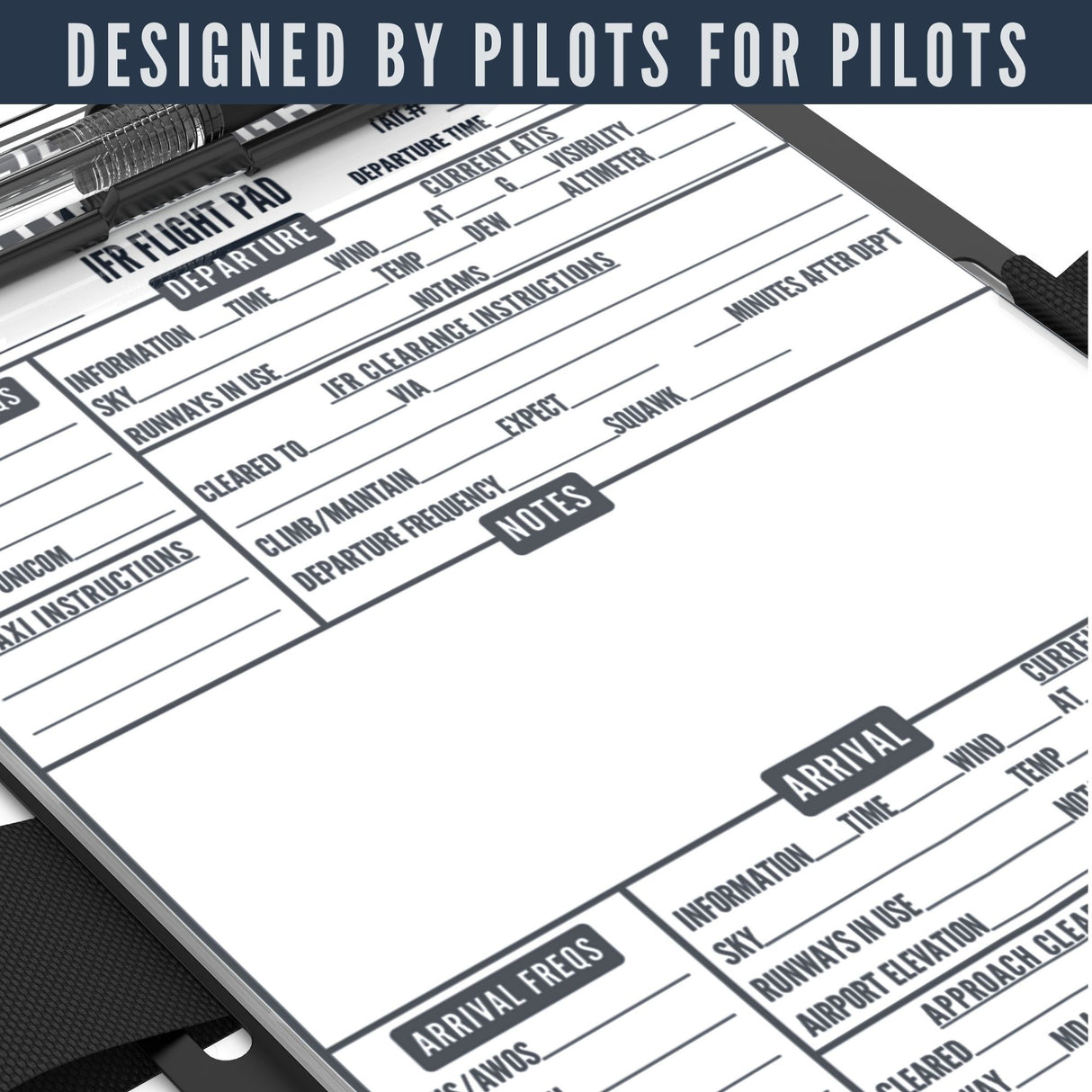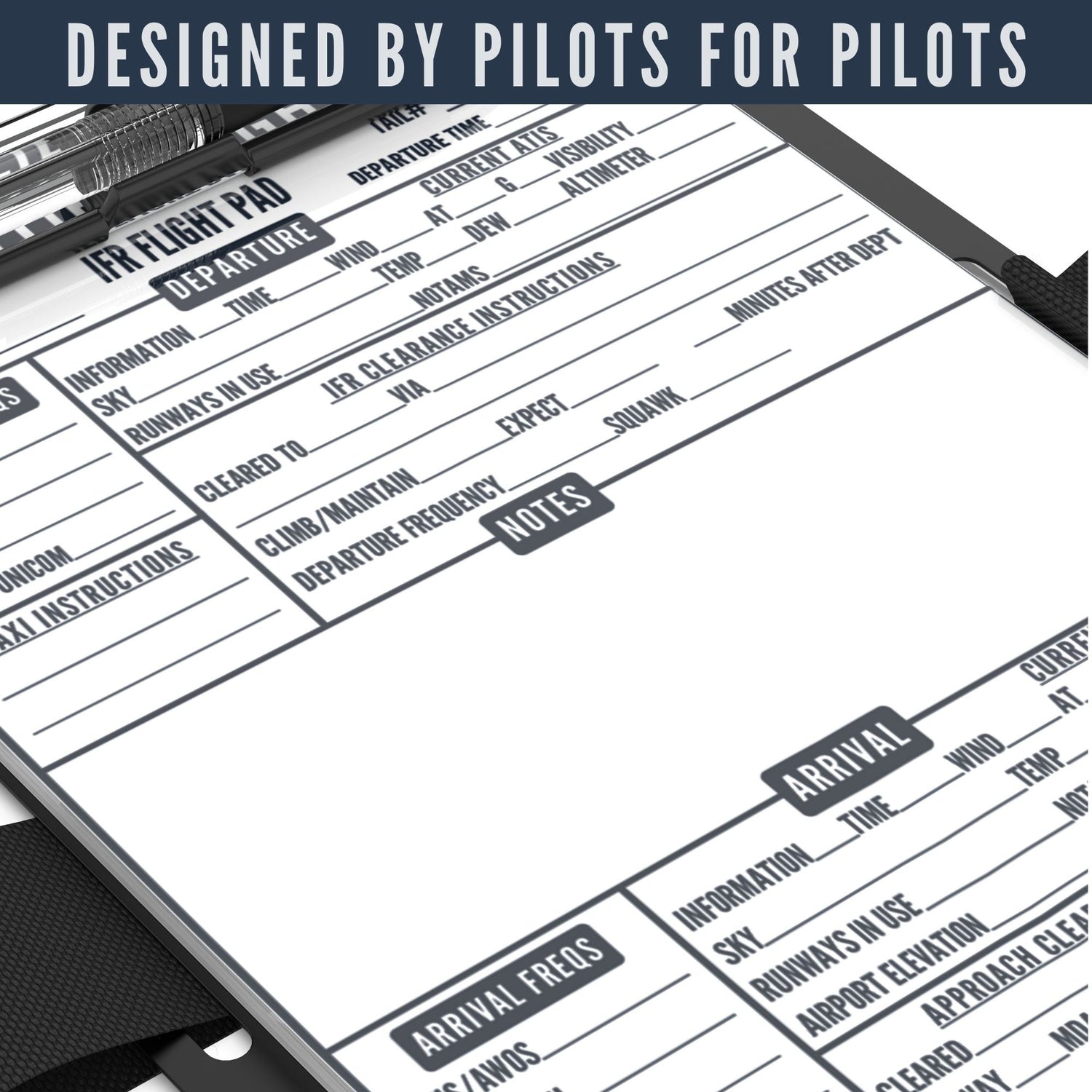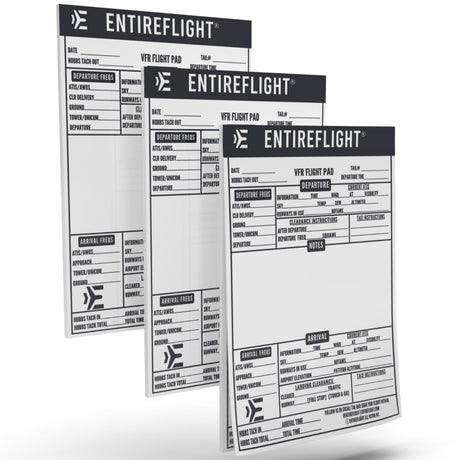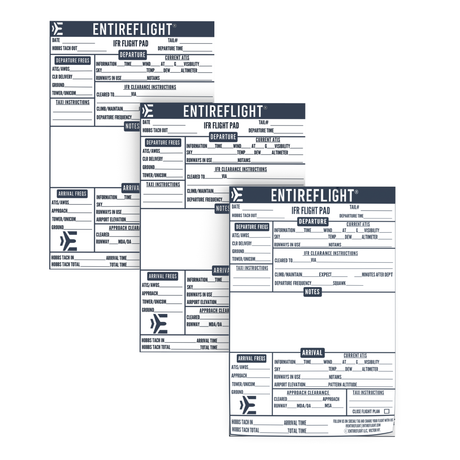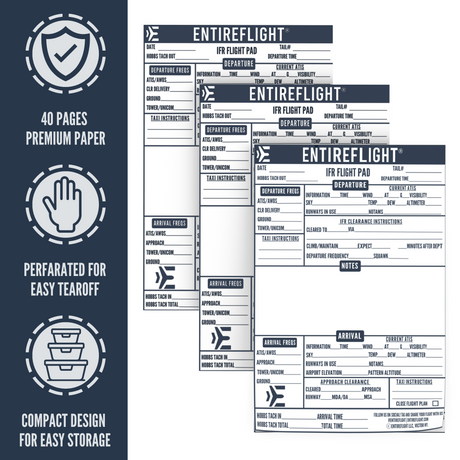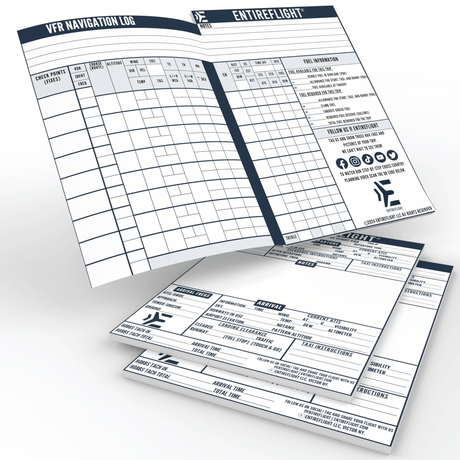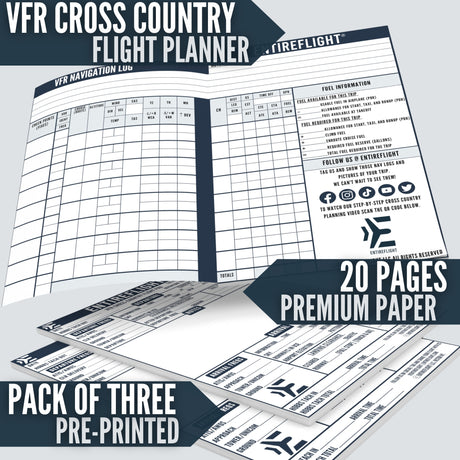If you're a pilot, you're likely familiar with the concept of an aerodynamic wing stall. However, there's another type of stall that's less discussed but equally important to understand: the tailplane stall. This type of stall occurs when the airflow over the horizontal stabilizer, or tailplane, is disrupted, causing the aircraft's nose to pitch down unexpectedly.
Tailplane stalls can be caused by a variety of factors, including icing on the horizontal stabilizer, improper weight distribution, or flying at an angle of attack that's too high. They can be especially dangerous because they can result in a loss of control of the aircraft, which can be difficult to recover from if the pilot isn't prepared. That's why it's important for all pilots to understand the aerodynamics of tailplane stalls and know how to recover from them if they occur.
In this article, we'll take a closer look at tailplane stalls and explore the aerodynamics behind them. We'll discuss the different factors that can cause a tailplane stall and explain why they're so dangerous. We'll also provide some tips on how to recover from a tailplane stall if you encounter one while flying. By the end of this article, you'll have a better understanding of this important concept and be better prepared to handle it if it ever happens to you.
Understanding Tailplane Stall
Tailplane stall occurs when the airflow separates from the tailplane, which is the horizontal stabilizer located at the tail of an aircraft. This separation of airflow causes a sudden loss of lift, which can result in a nose-down pitching moment and a potential loss of control of the aircraft.
The tailplane is designed to operate with smooth airflow along its surface, just like the main wing. However, when the angle of attack (AOA) of the tailplane exceeds the critical angle of attack, the smooth airflow over the tailplane is disrupted, and the airflow separates from the tailplane's surface, causing a tailplane stall.
The AOA is the angle between the chord line of the airfoil and the relative wind. The chord line is an imaginary line that connects the leading and trailing edges of the airfoil. The AOA determines the amount of lift generated by the airfoil. When the AOA is too high, the airflow over the airfoil separates, and the lift decreases rapidly.
The center of lift and the center of pressure are essential concepts in understanding the aerodynamics of the tailplane. The center of lift is the point at which the total lift of the airfoil can be considered to act. The center of pressure is the point where the aerodynamic forces on the airfoil can be considered to act. When the AOA changes, the location of the center of pressure also changes.
The nose-down tendency of an aircraft is due to the location of the center of gravity being forward of the center of lift. The tailplane's function is to produce a nose-up pitching moment to counteract this nose-down tendency. When the tailplane stalls, the nose-up pitching moment is lost, and the nose-down tendency of the aircraft becomes more prominent.
The airflow over the tailplane is affected by the downwash from the main wing. The downwash increases the AOA of the tailplane, which can lead to a tailplane stall. The downwash is maximum at the trailing edge of the main wing and decreases towards the leading edge.
In summary, tailplane stall is a critical aerodynamic condition that can lead to a loss of control of the aircraft. Understanding the concepts of AOA, center of lift, center of pressure, and downwash is essential in preventing and recovering from a tailplane stall.
Identifying Tailplane Stall
Tailplane stall occurs when the airflow separates from the tailplane, resulting in a loss of lift. This can lead to a nose-down pitch upset, which can be dangerous if not recognized and recovered from quickly.
Recognizing a tailplane stall can be difficult, as it often occurs at a higher angle of attack than a main wing stall. However, there are several warning signs that you can look out for.
One of the most common warning signs of a tailplane stall is lightening of the controls. This occurs when the elevator becomes less responsive, and the pilot must apply more force to maintain the same level of control. Another warning sign is pitch upset, where the aircraft's nose begins to drop unexpectedly.
Some aircraft are equipped with stall warning systems, such as a stick shaker or artificial stall warning indications. These systems can provide an audible or tactile warning to the pilot that an impending stall is about to occur.
In addition, airframe buffet or flap buffeting can also be a sign of an imminent tailplane stall. This occurs when the aircraft's structure begins to vibrate due to the turbulent airflow over the tailplane.
It is important to note that these warning signs may not always be present, especially in the case of a sudden tailplane stall. Therefore, it is crucial to maintain situational awareness and be prepared to recover from a tailplane stall at any time.
Causes of Tailplane Stall
Tailplane stall is caused by a combination of factors that increase the risk of a stall. Until 1995, the causes of tailplane stalls were veiled in mystery. Research and testing have since been done to learn what causes most tailplane stalls and what pilots can do to optimize their chances of correcting the stall.
The following are some of the factors that can cause a tailplane stall:
-
Ice accretion: Ice on the horizontal stabilizer can cause a tailplane stall. Ice can change the shape of the airfoil, disrupt the airflow, and cause flow separation, which can lead to a stall.
-
Weight and center of gravity: An aircraft's weight and center of gravity can affect the stall characteristics of an aircraft. If the center of gravity is too far aft, the aircraft may be more prone to tailplane stall.
-
Angle of bank and pitch attitude: An aircraft's angle of bank and pitch attitude can affect the stall characteristics of an aircraft. If the angle of bank is too steep or the pitch attitude is too high, the aircraft may be more prone to tailplane stall.
-
Airspeed change and flight through turbulence: Changes in airspeed and flight through turbulence can affect the stall characteristics of an aircraft. If the aircraft experiences a sudden change in airspeed or encounters turbulence, it may be more prone to tailplane stall.
-
Flap limit speed and power change: The flap limit speed and power change can affect the stall characteristics of an aircraft. If the aircraft is flying too slow or the power is reduced too quickly, it may be more prone to tailplane stall.
-
Trimming and controls: Improper trimming and control inputs can affect the stall characteristics of an aircraft. If the aircraft is not properly trimmed or the pilot makes sudden control inputs, it may be more prone to tailplane stall.
Pilots must be aware of these factors and take the necessary steps to avoid a tailplane stall. By understanding the causes of tailplane stall and how to recover from it, pilots can optimize their chances of correcting the stall and avoiding a dangerous situation.
Preventing Tailplane Stall
To prevent a tailplane stall, it is important to understand the aerodynamics behind it. The tailplane, or horizontal stabilizer, is a smaller lifting surface found aft of the main wing, on the tail of many fixed-wing aircraft. Like the main wing, a tailplane is designed to operate with smooth airflow along its surface. When the airflow separates from the tailplane, this is referred to as a tailplane stall.
One of the best ways to prevent a tailplane stall is to maintain a safe airspeed. Flying too slowly or too fast can increase the risk of a stall. It is also important to keep the aircraft's weight and balance within the manufacturer's recommended limits. This will ensure that the aircraft is flying with the correct center of gravity, which can affect its stability and control.
Another way to prevent a tailplane stall is to avoid dramatic changes in pitch or altitude. Sudden, large changes in pitch or altitude can disrupt the smooth airflow over the tailplane, increasing the risk of a stall. If you are using an autopilot, make sure it is properly programmed to avoid any sudden or extreme changes in pitch or altitude.
During a test flight, it is important to be aware of the risk of a tailplane stall. Pilots should be prepared to recover from a stall if necessary. The National Aeronautics and Space Administration (NASA) and the National Transportation Safety Board (NTSB) recommend that pilots practice stall recovery procedures regularly to maintain their skills.
Tailplane stalls are rare, but they can occur in any aircraft, including propeller-driven aircraft. If you suspect a tailplane stall, it is important to take immediate action to recover. This may include reducing power to the engine, lowering the nose of the aircraft, and increasing airspeed.
In summary, preventing a tailplane stall involves maintaining a safe airspeed, keeping the aircraft's weight and balance within the manufacturer's recommended limits, avoiding dramatic changes in pitch or altitude, and being prepared to recover from a stall if necessary. By following these guidelines, you can reduce the risk of a tailplane stall and ensure a safe and enjoyable flight.
Recovering from Tailplane Stall
Recovering from a tailplane stall involves different techniques than recovering from a wing stall. The first step is to recognize the signs of a tailplane stall. These signs include a sudden nose-down pitch, a decrease in altitude, and a loss of airspeed.
When you experience a tailplane stall, the immediate action required is to pull back on the yoke. This is opposite to the action that you have been taught and have practiced for recovering from a wing stall. Pulling back on the yoke will help to reduce the angle of attack and increase the airflow over the tailplane, which will help to recover from the stall.
It is important to note that the elevator trailing edge can become less effective during a tailplane stall due to negative lift. Therefore, pulling back on the yoke may not be as effective as it is during a wing stall.
If the tailplane stall is caused by ice accumulation, then de-icing or anti-icing systems should be used. However, even if you have a known-ice equipped aircraft, if your equipment fails or isn't used properly, you'll be just as susceptible to a tailplane stall.
It is also important to note that tailplane stalls can lead to a spin, which is a more dangerous situation. Therefore, it is crucial to take recovery actions as soon as possible to prevent a spin.
In summary, recovering from a tailplane stall involves pulling back on the yoke and reducing the angle of attack. It is important to recognize the signs of a tailplane stall and to use de-icing or anti-icing systems when necessary. Remember that a tailplane stall can lead to a spin, so take recovery actions as soon as possible.
Frequently Asked Questions
What is a tailplane stall and how does it happen?
A tailplane stall is an aerodynamic stall that occurs when the horizontal stabilizer of an aircraft loses lift. This can happen when the angle of attack of the tailplane exceeds the critical angle of attack, causing the airflow over the tailplane to separate, resulting in a loss of lift. The tailplane stall can happen due to a variety of reasons, including excessive back pressure on the control column, turbulence, and icing.
How does tailplane icing affect the stall speed of an aircraft?
Tailplane icing can increase the stall speed of an aircraft, making it more susceptible to a tailplane stall. Ice accumulation on the horizontal stabilizer can disrupt the airflow over the tailplane and increase its angle of attack. This can cause the tailplane to stall at a lower airspeed than it would without ice accumulation.
What are the consequences of a deep stall and how can it be avoided?
A deep stall is a type of tailplane stall that occurs when the airflow over the horizontal stabilizer is completely disrupted, causing the aircraft to pitch down and enter a steep, unrecoverable dive. The consequences of a deep stall can be catastrophic and can result in a loss of control of the aircraft. To avoid a deep stall, it is important to maintain a safe airspeed, avoid excessive back pressure on the control column, and avoid flying in icing conditions.
What are the recommended techniques for recovering from a tailplane stall?
The recommended technique for recovering from a tailplane stall is to reduce the angle of attack of the tailplane by releasing back pressure on the control column. This will allow the airflow over the tailplane to reattach and restore lift. It is important to avoid using excessive nose-down pitch control, as this can cause the aircraft to enter a dive.
What are the differences between a tailplane stall and a wing stall?
A tailplane stall is an aerodynamic stall that occurs when the horizontal stabilizer of an aircraft loses lift, while a wing stall is an aerodynamic stall that occurs when the airflow over the wing separates, causing a loss of lift. While the recovery techniques for both types of stalls are similar, the consequences of a tailplane stall can be more severe, as it can cause the aircraft to pitch down and enter a steep, unrecoverable dive.
What are the effects of pneumatic deicing systems on tailplane icing?
Pneumatic deicing systems can help prevent tailplane icing by using compressed air to break up ice accumulation on the horizontal stabilizer. This can help restore the airflow over the tailplane and reduce the risk of a tailplane stall. However, it is important to note that pneumatic deicing systems are not foolproof and should be used in conjunction with other anti-icing techniques, such as avoiding icing conditions and using deicing fluids.

